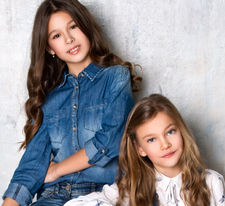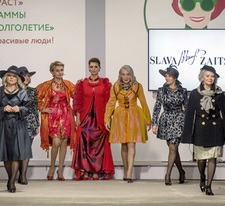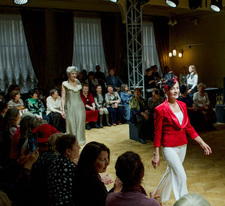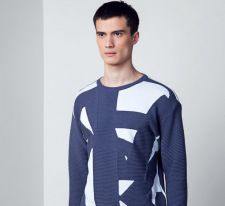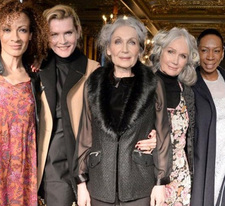Difficult age
part 1 part 2 ; part 3
THIS IS A SOCIAL COUNTRY
"Having the skills and time, children and pre-teens spend a lot of time online in search of first role models, and then the actual tools for the implementation of such (clothes, shoes, cosmetics, and so on)», – informs Olga Yasko. At the same time, there are many private entrepreneurs in the online world, from "one-dayers" to "steadily developing," who do not go beyond the virtual space. This state of affairs is probably largely due to the fact that the marginality of this business in the children's segment is not very high, and the teenage one is also burdened with a more complex target audience: the financial capabilities of teenagers are limited, but their requests are very high, because things bought a few months ago may not fit the figure and cease to match changed tastes. That is, a teen-oriented brand should offer its capricious target audience a wide range of products that should constantly change and meet new trends, while being offered at a low price.
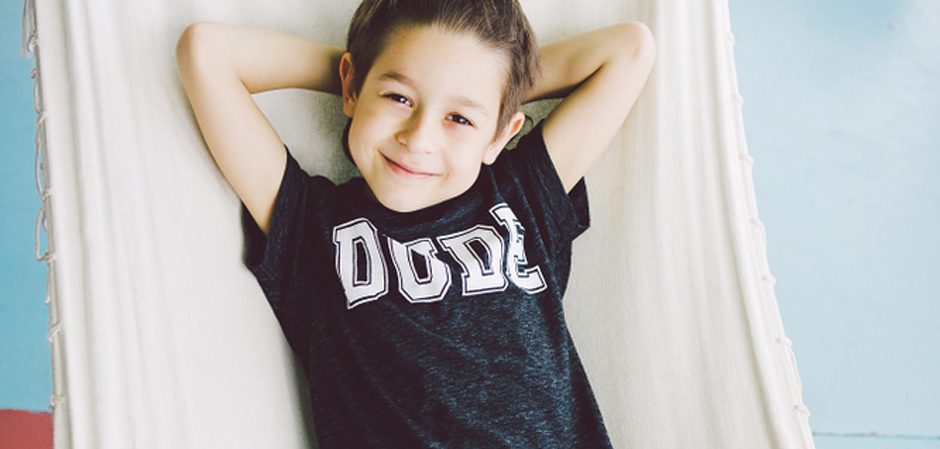
In addition, the segment is seriously affected by the situation that has developed since 2014. "On the one hand, parents try not to save on children as much as possible," continues Olga Yasko. On the other hand, with declining incomes and growing uncertainty about the future, many save by buying goods at a lower price or waiting for promotions and discounts. Therefore, small players are sometimes forced to leave the market, unable to withstand, first of all, price competition with such giants as "Detsky Mir" and "Daughters and Sons", which, due to scale, have lower purchase prices.

Maryam Shanshaeva, head of the advertising and PR department Choupette, agrees: for a number of reasons, the niche of "pre-teens" actually remains empty. "But I can't say that Russian manufacturers consider this audience an uninteresting direction of development," the expert notes. For a long time, with the growth of the birth rate in Russia, many concentrated on primary school age and newborns. The adult segment focuses on customers not younger than a certain age, and the children's segment relies on traditions and approaches that originate in design for younger children. At the same time, in the "pre-adolescent" segment, the rules of the game are beginning to change both in design and in trade, so manufacturers, as a rule, prefer not to disperse forces and not to waste resources
on the production of clothing for children of this age. In addition, during this period, the parent makes the purchase of clothes together with the child, who decides what kind of clothes he will wear. And if, for example, mom always wanted to see her daughter as a princess, and the girl sees herself as a rock star and wants to dress in black jeans and a leather jacket, then at the age of 9–10, it will not work to dress a rebel in a princess. It turns out that the choice is made by the child, the money is given by the parents, and if a compromise is not found, the purchase will not take place. Adolescence is a time of constant conflicts of interests, tastes, views. Manufacturers are afraid to enter this high-risk zone, make an interesting bold collection, and in the end do not know what to do with the leftovers in the warehouse.

The problem of adults' understanding of teenage fashion in principle is another deterrent, believesMaryam Shanshaeva. «It is so «windy» that it is almost impossible to catch it and put it on the shelf. Not every designer will be able to catch this trend, especially if we take into account the shortage of design ideas in the Russian market as a whole. You need to clearly feel the line between children's fashion and adult, understand the taste preferences of children, so the process of creating clothes for the "pre-adolescent" age is very complex and with great risks. As an entrepreneur, I myself
would be afraid to go there.
To be continued.
Text: Ekaterina Reutskaya
Photo: shutterstock



